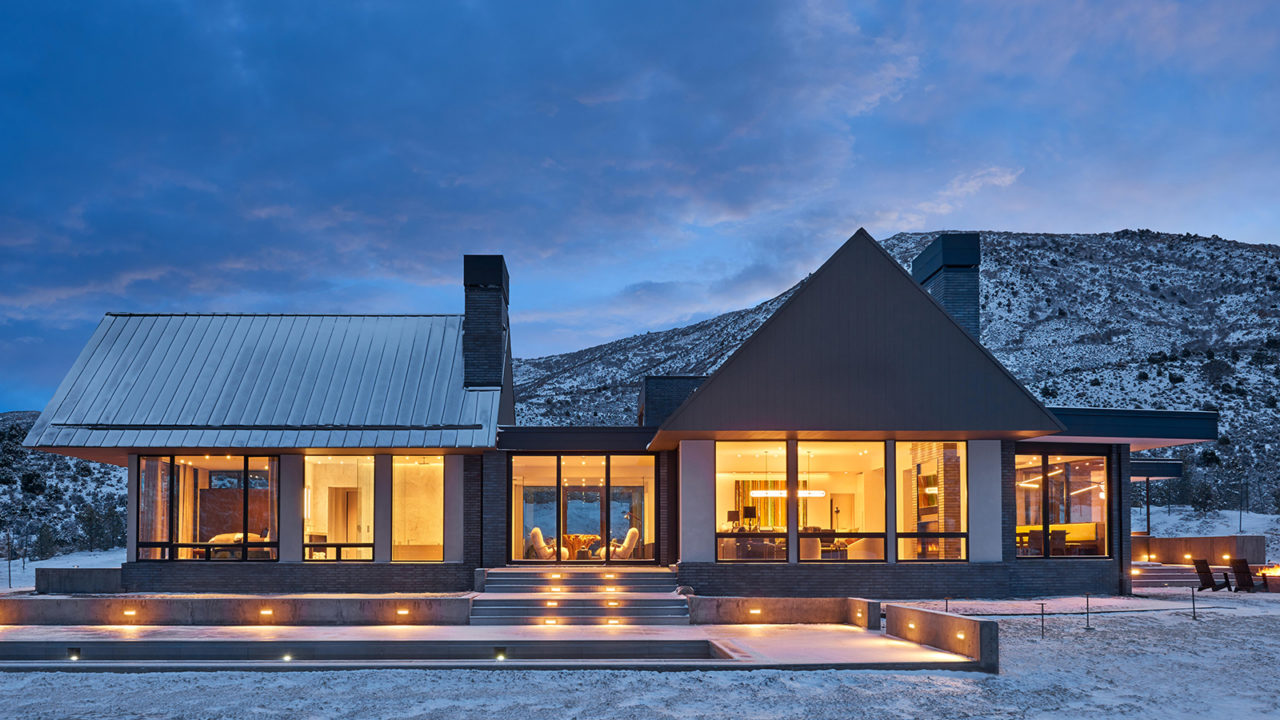Residential Panoramas Designs for Small Spaces
Modern living often calls for creative solutions. Urban environments, rising housing costs, and shifting lifestyles have inspired people to rethink the way homes are arranged. Compact interiors are no longer considered a compromise but an opportunity to blend functionality with visual appeal. One of the most captivating trends involves applying residential panoramas to restricted interiors. The panoramic approach brings a sense of spaciousness, depth, and fluidity to environments that might otherwise feel confined.

Expanding Horizons through Panoramic Concepts
The human eye craves openness. When placed within a tight area, a panoramic arrangement creates the illusion of breadth. Glass panels, wide mirrors, or open shelving contribute to this effect, pulling attention across the room instead of trapping it in corners. The principle is straightforward: widen the field of vision, and the environment will appear larger than its actual square footage. This technique forms the foundation of small space designs that do not sacrifice elegance for efficiency.
Consider a living room with a narrow footprint. By integrating floor-to-ceiling windows, the outside environment becomes part of the internal panorama. A leafy courtyard or even a simple urban view doubles as an extension of the living area. When walls dissolve into vistas, boundaries blur, creating continuity between indoors and outdoors.
Panorama Layout Ideas that Inspire
Designers employ panorama layout ideas to shape interiors that feel cohesive yet expansive. A common strategy involves aligning rooms along a single visual axis. A hallway lined with consistent flooring that opens into a lounge with mirrored surfaces elongates perspective. Another tactic is rotational flow, where furniture angles draw the gaze in circular movement, eliminating visual dead ends.
Art placement also plays a role in panoramic perception. Large horizontal artwork, murals, or elongated shelving units enhance width. When arranged thoughtfully, these components collaborate to create a rolling vista within four walls. Even in modest studio apartments, this panoramic layering offers charm and practicality.
The Power of Compact Living
Homes today must deliver more than shelter. They need to be adaptable. Incorporating residential compact tips transforms tight interiors into multi-functional environments. For example, modular furniture that folds or expands according to need frees valuable space. Wall-mounted desks that disappear after work hours restore the serenity of a living room. Hidden storage compartments under stairs or beds maintain order while avoiding clutter.
Color selection also influences compact efficiency. Lighter hues reflect illumination, extending visual range. Subtle contrasts between walls, ceilings, and furnishings prevent monotony while maintaining an airy tone. Compact living thrives on balance, where every inch counts but still feels harmonious.
Smart Living Hacks for Small Spaces
Ingenuity shapes the future of interiors. Smart living hacks provide solutions that go beyond aesthetics to enhance daily routines. Sliding doors instead of swinging ones conserve movement zones. Vertical gardens installed on narrow walls deliver greenery without consuming floor area. Lighting systems programmed to shift brightness and warmth throughout the day influence mood while guiding perception of depth.
Technology also merges seamlessly with compact design. Foldable smart screens serve as both entertainment and workspace. Wireless charging surfaces embedded in tables reduce cable clutter. With thoughtful application, these features elevate comfort without overwhelming the limited square footage.
The Emotional Dimension of Panoramas
Beyond technicalities, panoramic strategies affect well-being. Constricted environments often create psychological tension. By opening sightlines, residents feel liberated, even if they inhabit only a few hundred square feet. Natural light pours deeper into interiors, stimulating energy and calmness. Views of skies, trees, or urban life connect individuals to rhythms beyond their walls. This emotional release forms a vital element of successful small space designs.
Blending Aesthetics and Pragmatism
Every panorama needs careful calibration. While openness is essential, privacy cannot be neglected. Translucent partitions offer seclusion without blocking daylight. Multi-use zones must respect both relaxation and productivity. The trick is not to overfill. Minimalist principles complement panoramic thinking, ensuring that each object contributes to visual flow.
Textures enrich the panoramic experience as well. Matte finishes absorb light in certain areas, while glossy surfaces reflect and distribute it. Layered fabrics, tactile rugs, and subtle metallic accents add warmth to spaces that might otherwise feel austere. In this way, residential compact tips evolve beyond utilitarian advice into artistry.
Toward a Future of Fluid Homes
As lifestyles shift toward smaller residences, panoramic strategies promise enduring relevance. Designers and homeowners continue to experiment with hybrid solutions: movable partitions, convertible furniture, immersive lighting, and wall-spanning views. Each idea reveals new methods of expanding possibility within limited dimensions.
Ultimately, panorama layout ideas provide not only visual extension but also philosophical perspective. They remind us that space is not measured solely in square feet. It is also defined by creativity, adaptability, and emotional resonance. With the right approach, even the most modest home can unfold like a vast landscape, rich in both function and atmosphere.
In the modern age of compact living, these principles guide us toward environments that feel open, efficient, and deeply personal. By weaving together panoramic techniques, smart living hacks, and meticulous small space designs, residential interiors transform into inspiring sanctuaries that honor both practicality and beauty.








